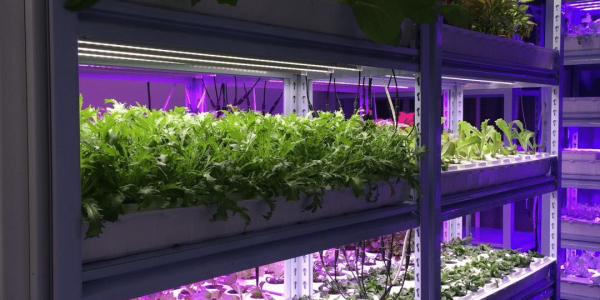
Plant growth lights play an increasingly important role in modern agriculture, horticulture, and indoor plant cultivation. These lights simulate natural sunlight, providing the energy necessary for photosynthesis, thereby promoting plant growth and development. Here are several key reasons why plant growth lights are essential:
1. Providing Sufficient Light
Plant growth and development rely on photosynthesis, which in turn depends on adequate light. In natural environments, sunlight is the primary source of light for photosynthesis. However, many indoor growing environments, such as greenhouses, offices, and homes, do not provide sufficient natural light. Plant growth lights can supplement these environments, ensuring that plants receive the necessary light energy.
2. Controlling Light Cycles
Different plants have varying light cycle requirements; some need long daylight periods to flower, while others require shorter days. By using plant growth lights, growers can precisely control the light cycles, simulating natural light variations to meet the specific needs of different plants. This is particularly important for improving crop yield and quality.
3. Enhancing Plant Health and Growth Speed
Plant growth lights can provide specific wavelengths of light that aid in photosynthesis and nutrient absorption. For example, blue light promotes vegetative growth, while red light aids in flowering and fruiting. By adjusting the light spectrum and intensity, plant growth lights can optimize growing conditions, enhance plant health, shorten growth cycles, and increase yields.
4. Extending the Growing Season
In natural environments, the growing season is limited by sunlight and climate. The use of plant growth lights can overcome these limitations, allowing growers to cultivate plants year-round. This not only increases land use efficiency but also boosts crop supply to meet market demand.
5. Improving Growing Efficiency and Economic Benefits
Traditional growing methods are constrained by natural conditions, making yield and quality susceptible to weather and seasonal changes. The use of plant growth lights makes growing conditions more controllable, reducing the risks posed by natural disasters and climate changes. Stable production conditions not only enhance crop yield and quality but also reduce losses and increase economic benefits.
6. Environmental Protection and Energy Efficiency
Modern plant growth lights, such as LED growth lights, are more energy-efficient compared to traditional light sources. They have lower energy consumption, longer lifespan, and generate less heat, reducing energy use and minimizing environmental impact. This makes plant growth lights a green, sustainable growing solution.
Conclusion
The application of plant growth lights meets the modern agriculture and horticulture demands for efficient and controllable growing environments while significantly improving crop yield and quality. By providing sufficient light, controlling light cycles, enhancing plant health, extending the growing season, improving growing efficiency and economic benefits, and being environmentally friendly and energy-efficient, plant growth lights support the development of indoor and urban agriculture. In the future, as technology continues to advance, plant growth lights will play an even greater role in various fields, contributing to solving global food security and environmental issues.





